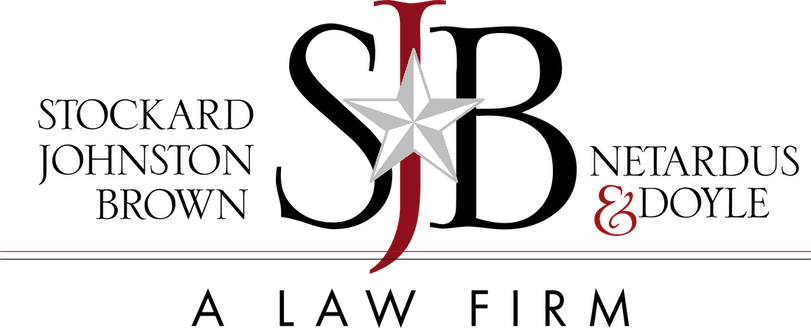Agricultural Leases & Contracts
When negotiating an agricultural lease, it is important to work with an attorney experienced in Agricultural Law.
With so many farmers and/or landowners leasing their property, it’s important to have a contract that clearly identifies the points of the exchange. From term to rate to liability, there are many issues to consider when negotiating an agricultural lease.
What all is included in an agricultural lease?
There are many different aspects to an agricultural lease. These include the term or duration of the lease, description of the premises, type of payment accepted, and information on liability.

Term
There will be a set duration for the leasing contract. Short-term leases are typically for 1-2 years, while long-term can be for up to 5 or longer. There can even be some that are month-to-month. It should also state whether the lease can be renewed or extended and how to do so.
Description of the premises
Rate
Liability

Do you need help with agriculture law?
When negotiating an agricultural lease, it is important to work with an attorney experienced in Agricultural Law. If you or someone you know needs assistance in navigating through one of these or any other agriculture related issues, please schedule a meeting with one of our attorneys today.
